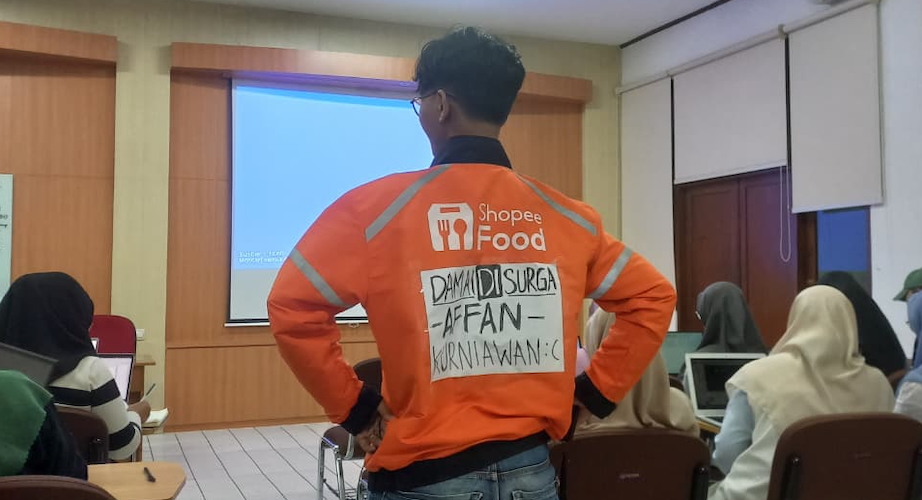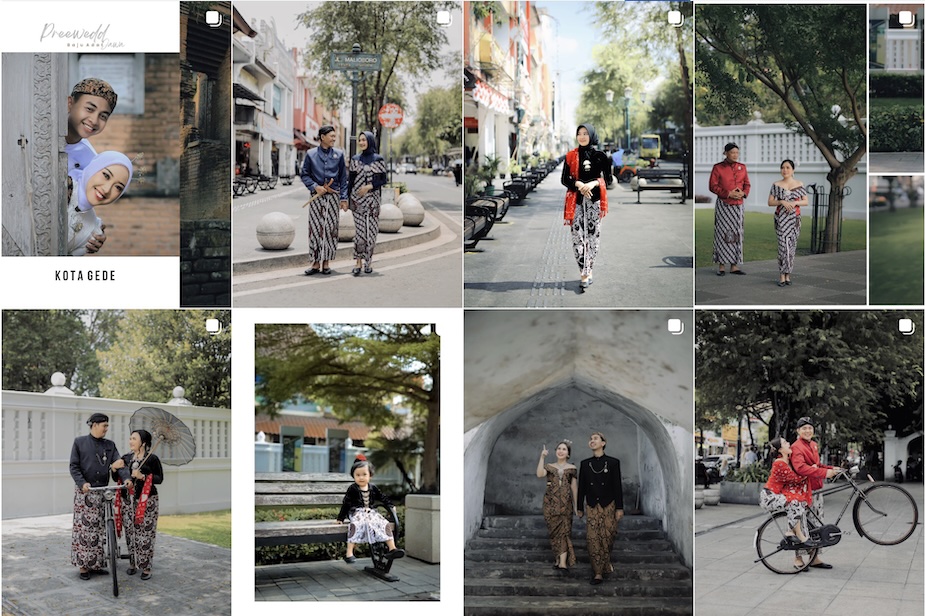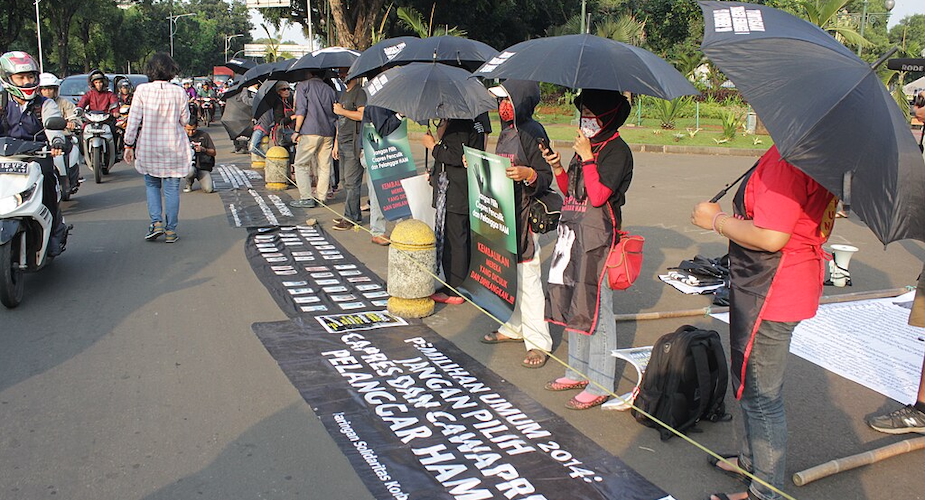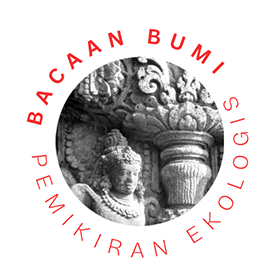Manggarai adat practices take on new meanings in today’s rural economy
One afternoon when Harits helped his host, Uncle Jino, feed the pigs in the Florinese village of Raga, he heard him complain, ‘This is why we (Manggarai people) are poor, son. Many adat ceremonies and feasts require us to donate money or pigs.’ Despite living in poverty and facing tough economic conditions, Manggarai highland communities still maintain such expensive traditional practices. This, of course, raises the question of why they choose to do so.
Commonly, adat—or custom—is considered a rigid set of traditions passed down through generations. A more precise understanding of adat sees it as a way of life that shapes how communities live, work, and relate to one another. In the context of marketisation and agricultural change, Raga villagers like Uncle Jino often complain about economic burdens that adat expenses can present. As we discovered, however, adat practices also serve as an arena in which Raga villagers can find ways to deal with their economic challenges.
Adat, agroecology, and economic transformation
The villagers of Raga live in the highlands of Manggarai, East Nusa Tenggara. Nowadays, most of them are candlenut farmers who own small plots of land. Candlenut is one of the most common spices in Indonesia, and its oil is a global commodity used to make cosmetics, hair-care products and wood paint. To grow them, 500 of Raga Village’s 700 hectares have been converted into private candlenut orchards.
This agro-ecological situation is the result of a long transformation. Historically, like other Southeast Asian highland communities, Raga villagers practised shifting cultivation of rice and corn to meet their subsistence needs. Their agricultural practices were strongly tied to their adat. Under the traditional lodok system, land was divided into spider-web arcs by adat figures such as land dividers (Tu'a Teno), village leaders (Tu'a Golo), and supervised by the adat elder (Tu’a Gendang). After three to five growing seasons, the land would be left fallow for years, allowing it to recuperate. This cycle made private land ownership impossible.

In those days, lodok land was not accumulated for personal gain. Following the ceremonial lodok land division, everyone worked at the same time, making it easy for them to monitor each other. Also, in theory, each household was allocated only enough land to meet its needs and only as much as it could cultivate with the labour it had available. The traditional division of land used to be part of a major annual adat ceremony called Upacara Penti, which was held during harvest and before planting.
One of the elders, Grandfather Bernard explained, ‘Upacara Penti is, in principle, a way to thank God and ancestral spirits.’ When the Upacara Penti was held in 2024, Harits sat inside the traditional communal house and saw everyone dressed neatly in Manggarai clothes, greeting each other with respectful nods. As the ceremony got underway, someone passed around glasses of palm wine and coffee, its sweet and robust scent filling the room. Grandfather Bernard then quietly slaughtered a chicken as an offering; a gesture of gratitude to God and the spirits. Later that evening, everyone shared a simple meal of rice topped with chicken or pork cooked with fresh vegetables.
Today, the lodok land division is no longer part of the Upacara Penti. All land is now privately owned. Raga villagers no longer grow rice or corn via shifting cultivation. They have turned into agricultural farmers.
This major change occurred during the 1970s and 1980s. It partly came about because of an increase in population and government policies that encouraged nomadic highland communities to settle permanently, prompting them to abandon shifting cultivation. From then on, Raga saw a private land-ownership regime and competition to expand land holdings among members of the highland community.
This was also the era in which candlenuts began to be considered by the Raga villagers as an economic commodity. Back in the 1950s, candlenuts grew wild in the forest and were only exchanged for salt with coastal communities when necessary. So, although Raga villagers participated in the market economy, they remained largely food-sufficient from the rice and corn they grow on their lodok land.
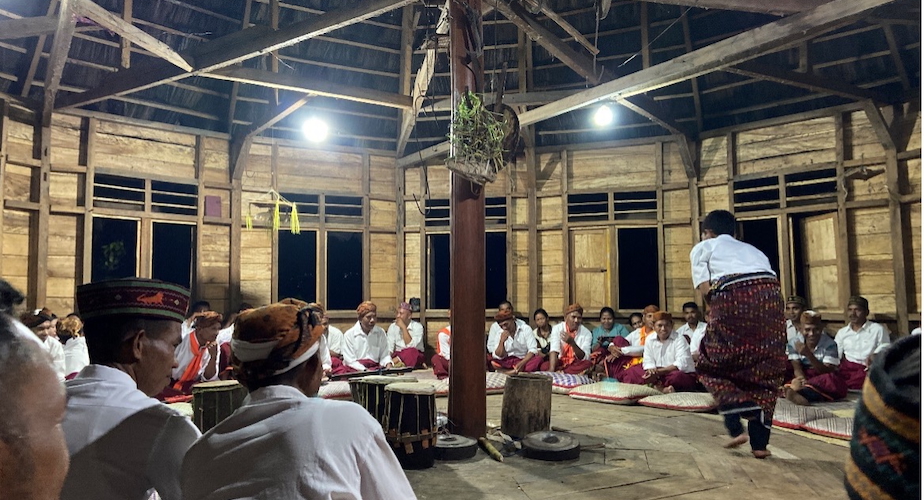
By the 1980s, amidst the expansion of lowland rice fields to meet their staple food needs and a growing demand for candlenuts from nearby markets, Raga villagers had become drawn much further into the market economy. Lodok land was turned into privately owned candlenut orchards as a strategy for accumulating profit. Merchants in the nearby town began to invest their capital in certain villagers who were considered productive farmers. Since then, villagers’ lives have been steadily governed by increasing competition in earning income from candlenuts and expanding their landholdings, both out of necessity for survival and the desire to seize market opportunities.
Besides the change in land ownership system, another important point of interest that arose from our observation of the Upacara Penti was the process of exchanging money during the ceremony. Some people placed donations on a plate, while others gave directly to specific individuals. Pak Johan, a Raga village head who accompanied Harits at the time, received a hand-held sum of money from another man. ‘I am here as Anak Rona,’ Pak Johan explained, ‘that man, who gave me this money, is my Anak Wina. In this ceremony, Anak Wina must donate money to Anak Rona’.
As Pak Johan’s remarks reveal, the exchange of money during adat ceremonies and other festivities are partly structured by the hierarchies that exist in Manggarai kinship. Families who have ‘given’ a wife away (Anak Rona) are able to ask the family who has ‘taken’ the wife (Anak Wina) to contribute an agreed sum when holding a ceremony or feast. For the Anak Rona who are hosting the ceremony, some of the money received will cover the cost of the ceremony. Any leftover money can be used for other personal needs.
Vicious cycle of debt and exchange
Growing candlenuts is vital for the survival of Raga villagers today. Even so, most of them have to compete with a small number of other villagers who have managed to expand their landholdings substantially. One such man is Uncle Lido, a local candlenut merchant and middleman who often buys candlenuts from other villagers through credit arrangements. His substantial capital has allowed him to own up to 11 candlenut orchards, totalling approximately 10 to 11 hectares. Such concentration of land among a few comes at the expense of others. Many other villagers, possessing only small plots of candlenut orchard, even risk landlessness when urgent needs, such as their children's schooling, compel them to sell off their last plot. With all land now privately owned, the traditional lodok land division system—which once prevented individuals from accumulating excessive land—has largely vanished.
This shift has made villagers increasingly reliant on ‘forward contract’ credit arrangements known as ‘ijon’, facilitated by middlemen like Uncle Lido. Candlenuts are harvested only once a year, usually from January to March. If a villager needs money outside the harvest season for school fees, food or clothing, they will ‘sell’ the candlenuts before harvest time to middlemen at a predetermined, cheaper price. Through such arrangements, middlemen like Uncle Lido can acquire candlenut stock at below market price, enabling them to further accumulate capital.
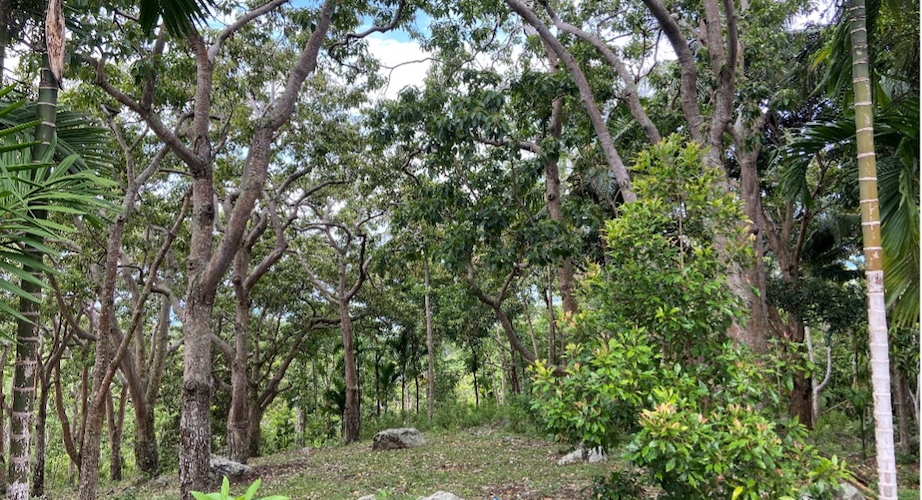
Such credit arrangements are regularly undertaken by the majority of villagers because their income is insufficient to cover their expenditures after the harvest season. As a result of this year-long indebtedness, their economic conditions worsen, forcing them to work solely to pay off those debts. ‘It’s almost impossible for most of us villagers to stay debt-free,’ Uncle Jino told Harits, ‘Work’s too hard to find around here. Take me for example, even though I’ve got some orchards and can avoid debt sometimes, I’ll still end up in debt to Uncle Lido before the year’s out.’
In this context of chronic debt, the kinship-based money exchanges embedded in every adat ceremony and feast take on a crucial significance. As an Anak Wina, contributing to an Anak Rona can be a burden. But for the Anak Rona, those contributions help cover the costs of organising annual adat ceremonies or other feasts, with any surplus proving a vital supply of cash. A single ceremony can draw contributions from 11 to 30 Anak Wina, each typically giving about Rp 1,000,000. ‘I have to give another 1 million rupiah as Anak Wina tomorrow, and that’s really tough for me. But for my Anak Rona, they can get financial help besides the candlenut harvest. Any surplus money from the ceremony can go straight to their daily needs. They might even gather up to 30 Anak Wina,’ Uncle Jino told Harits as they walked to donate a chicken at another adat feasts where he, too, was an Anak Wina. Over time, this cycle of giving and receiving acts as a social safety net, since everyone eventually plays both roles in every adat ceremonies and feasts.
However, a person’s economic standing and land ownersip status also affects their response to the practice of exchanging money in adat ceremonies and feasts. Another story is from Uncle Andi, whose candlenut orchard is much smaller than Uncle Jino’s, and who also works as a woodcutter.
‘When it comes to those donation agreements, you really have to do the maths,’ Uncle Andi shrugged. ‘Sure, after the feast we scrape up some extra benefits such as food or cash, but it’s hard to find work in Manggarai. I’ve got a daughter now, school expenses are piling up, and I’m still paying off last season’s debts. It’s difficult.’ For villagers who are small-plot farmers and wage-workers, like Om Andi, taking part in this system pressures them to weigh social obligations and debt against a backdrop uncertain economic conditions.
Cul-de-sac
Together, the stories we collected in Raga demonstrate that adat is far more than tradition. It has become a lifeline forged in the crucible of economic desperation. In a highland landscape where land is monopolised by a few, smallholders drown in debt, and steady work is all but nonexistent. Accordingly many villagers find themselves at a dead end. Exit from agriculture is simply not viable, and most will remain in informal employment. Thus adat becomes a space in which economic conditions are navigated and negotiated. This isn’t to romanticise or condemn adat, but to reflect on how deeply adat adapts to, absorbs, and is shaped by the very market economic conditions from which the villagers have become unable to escape.
Muhammad Harits Hibatullah (muhammadharits@mail.ugm.ac.id) studied Cultural Anthropology at Universitas Gadjah Mada. He previously conducted fieldwork in Freiburg, Germany, to write his thesis on the politics of self-managed space in urban areas. Rizvi Nahar Ilhammullah (rizvi.nahar.ilhammullah@mail.ugm.ac.id) graduated in Public Policy and Management from Universitas Gadjah Mada. His study focuses on labour and the agrarian economy. He has been a key partner in this research and contributed equally to this article.




